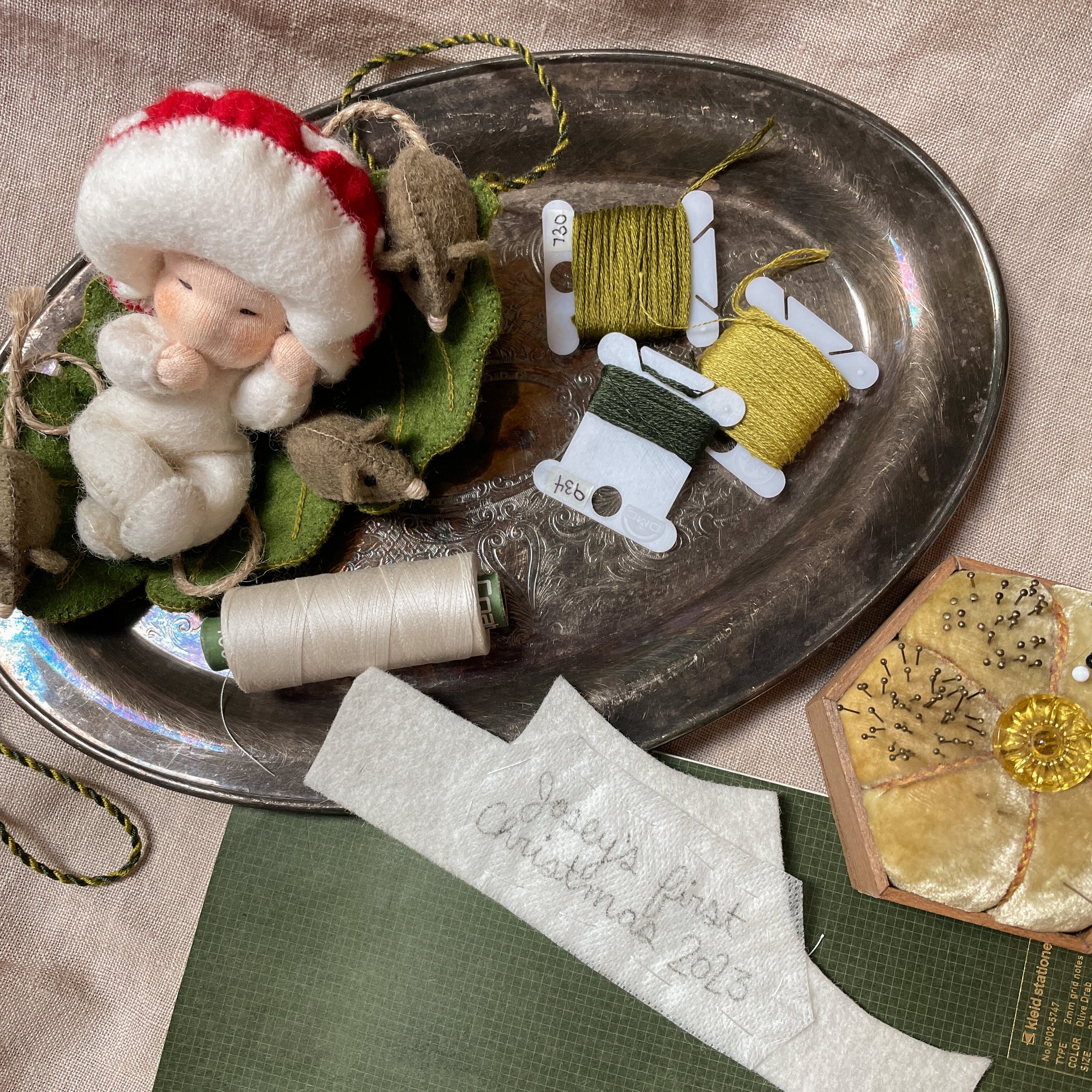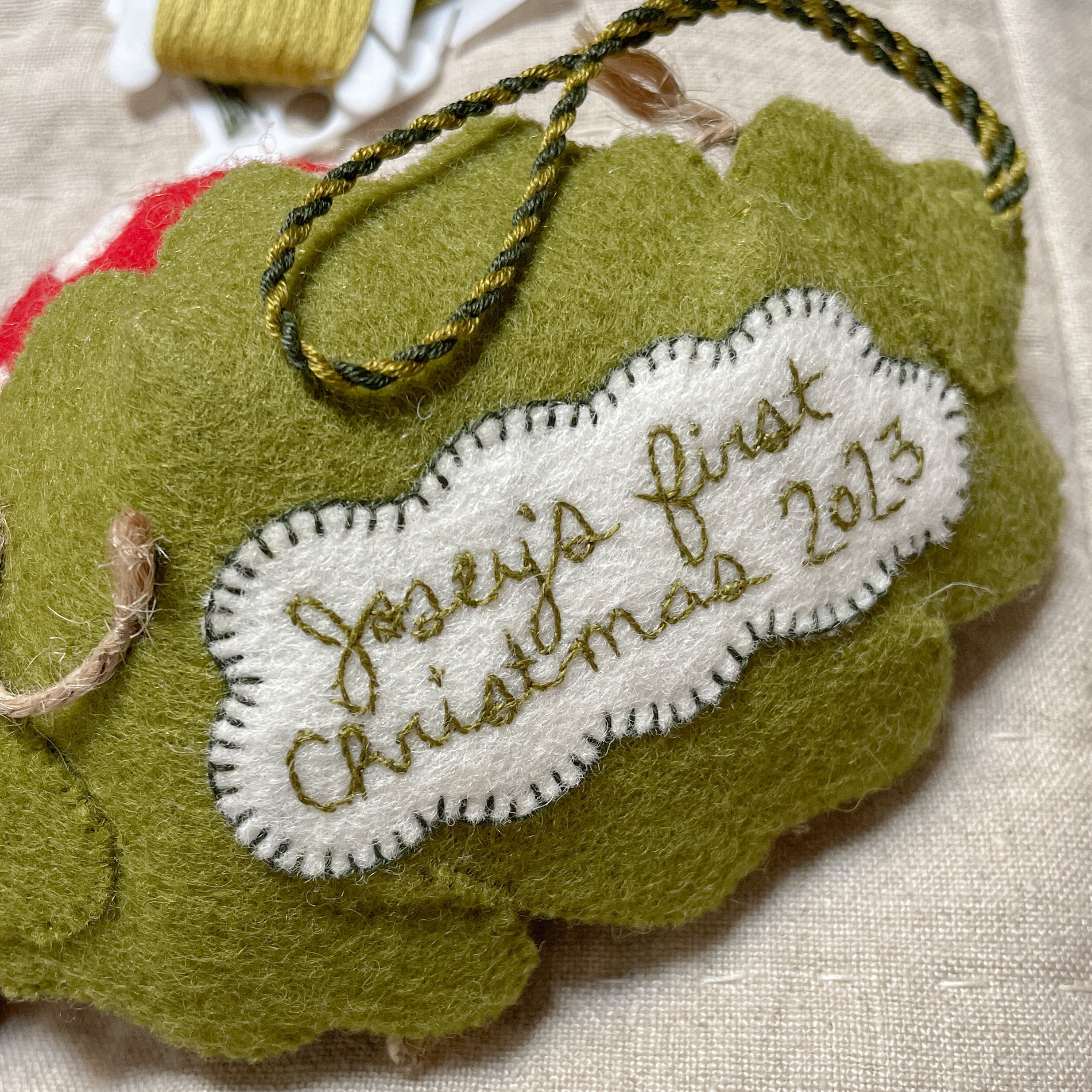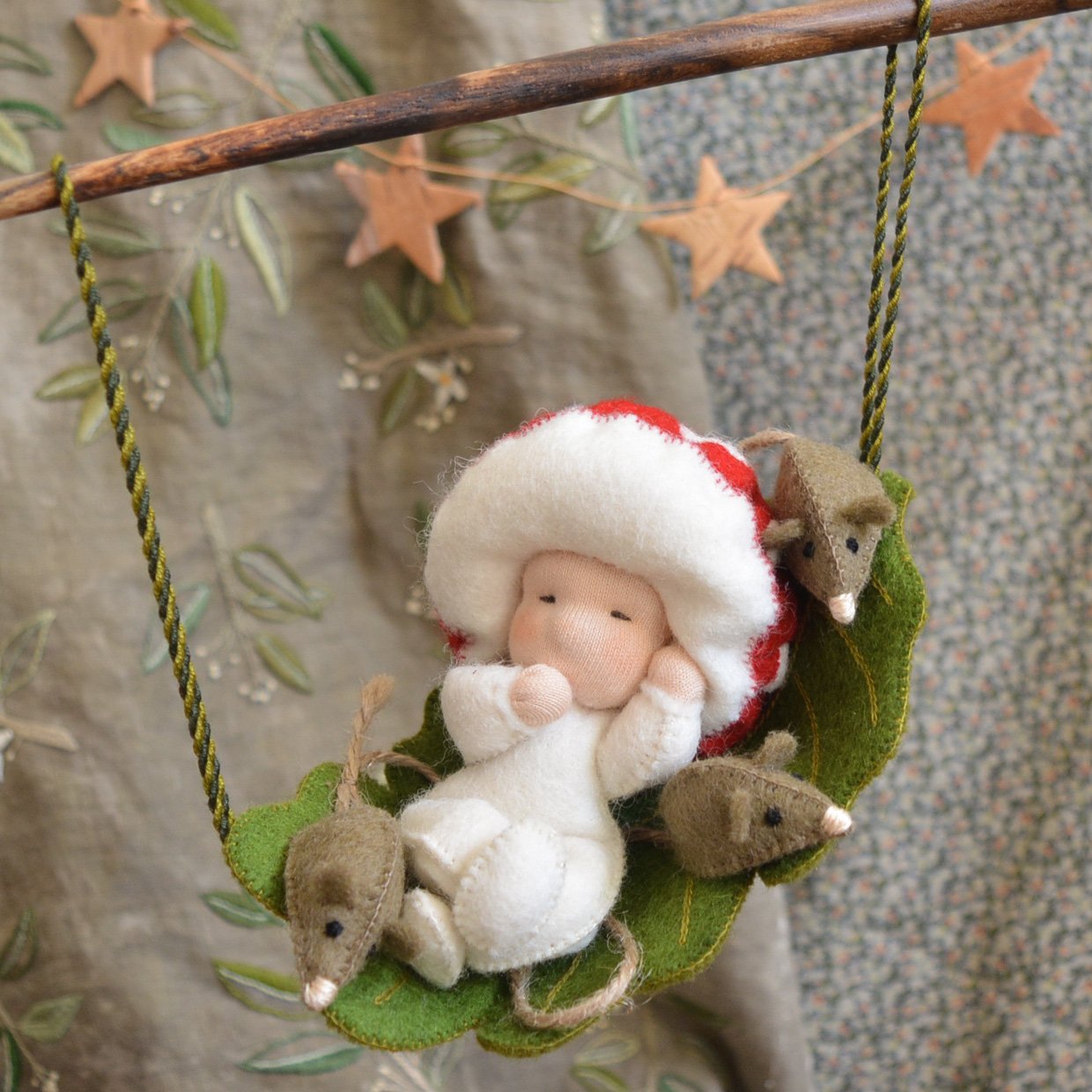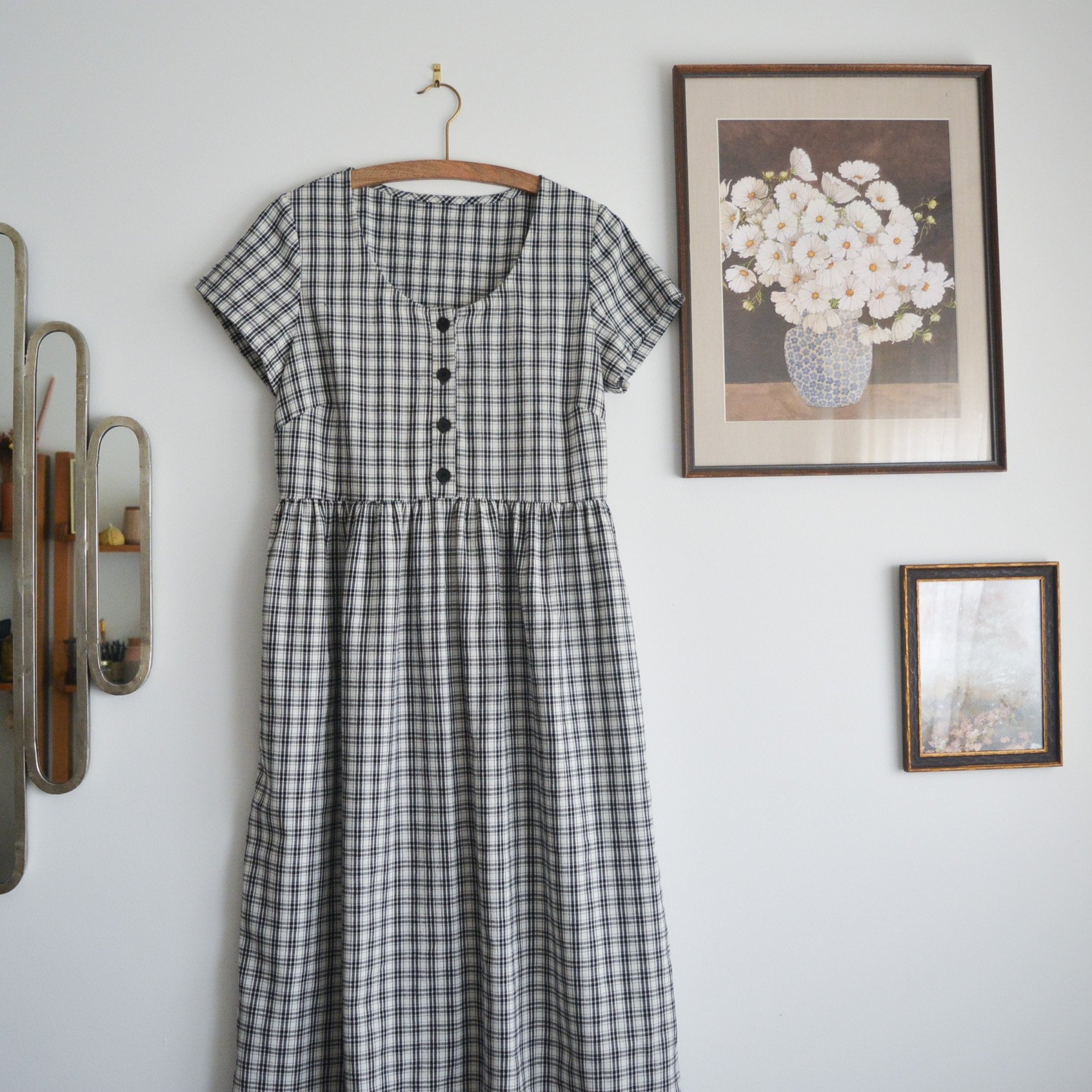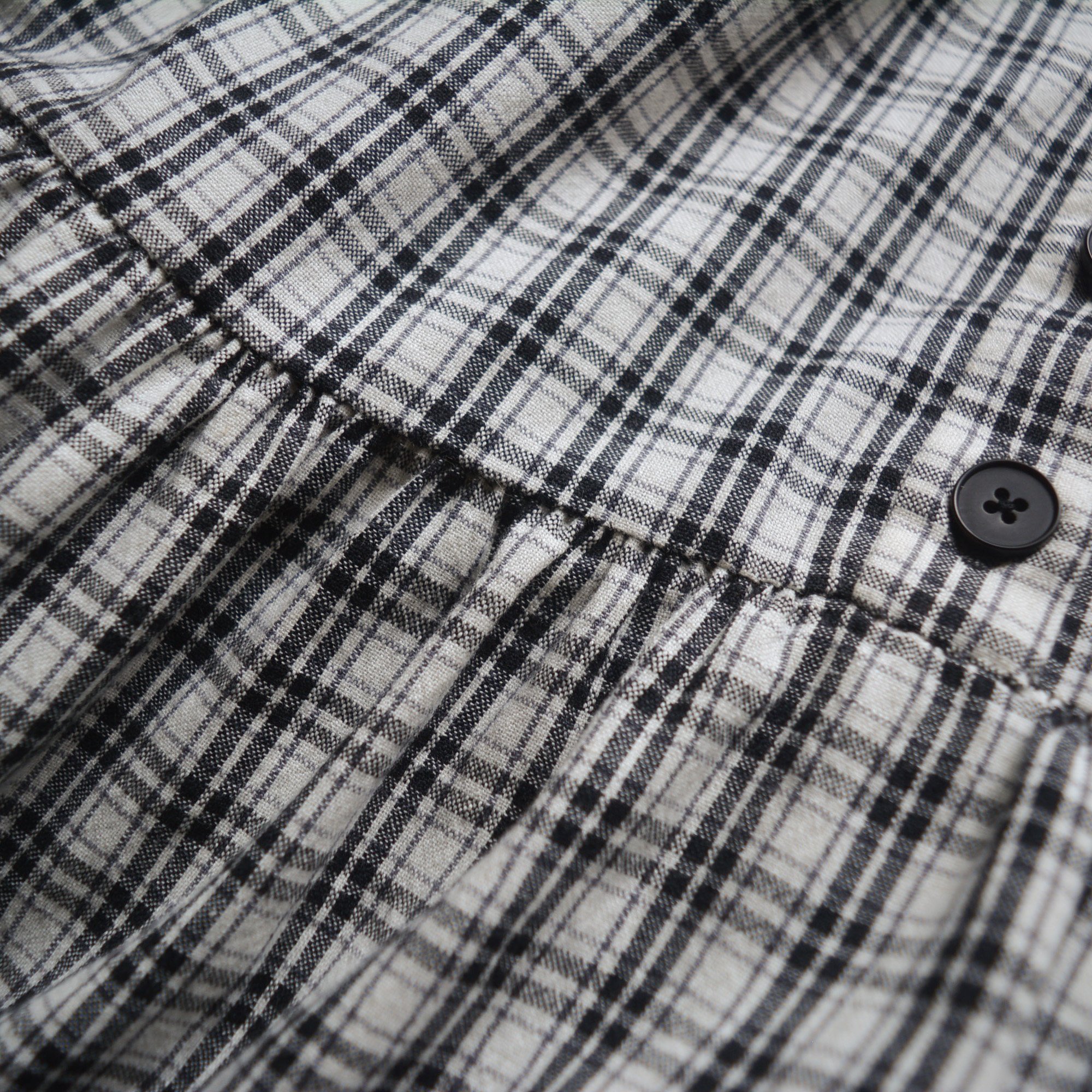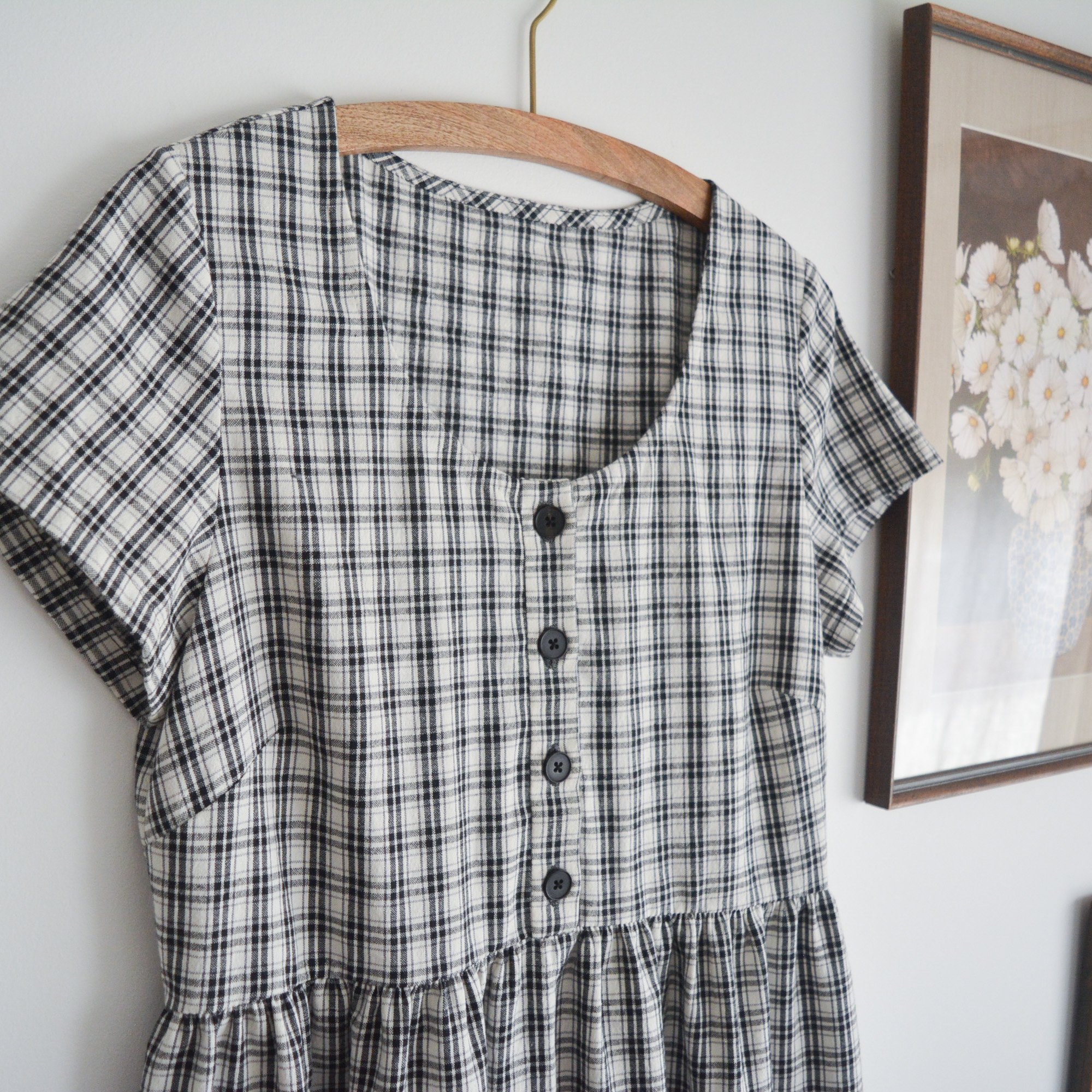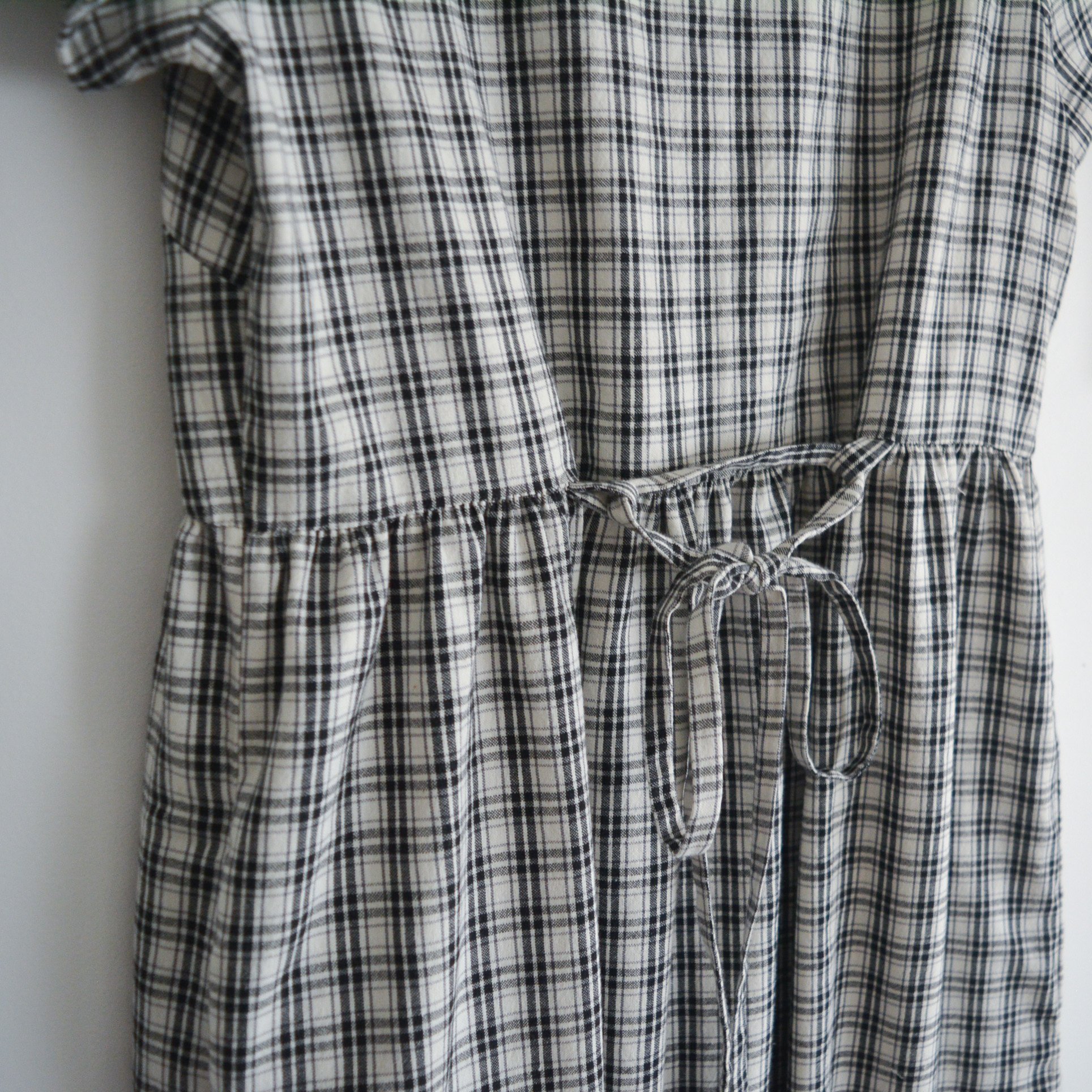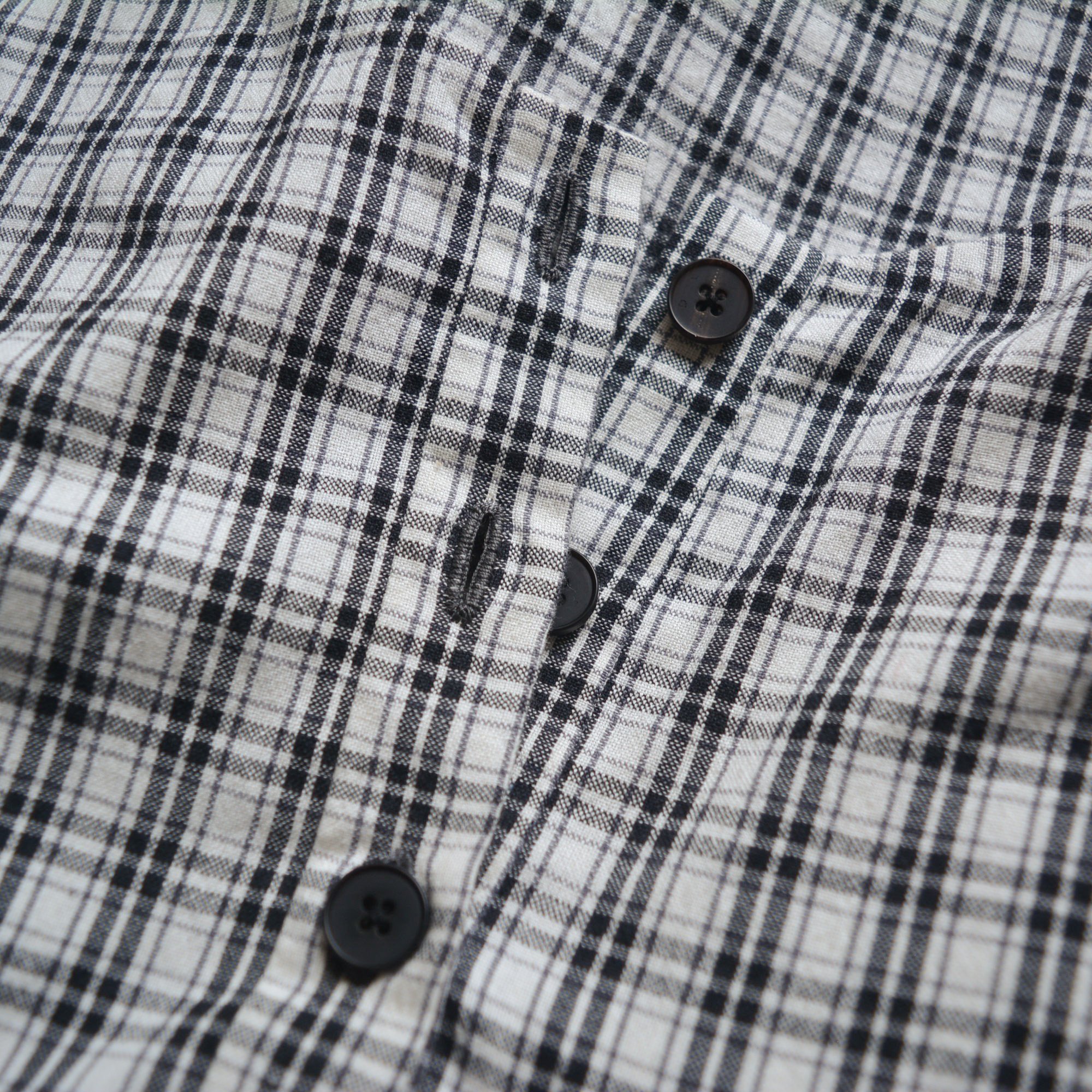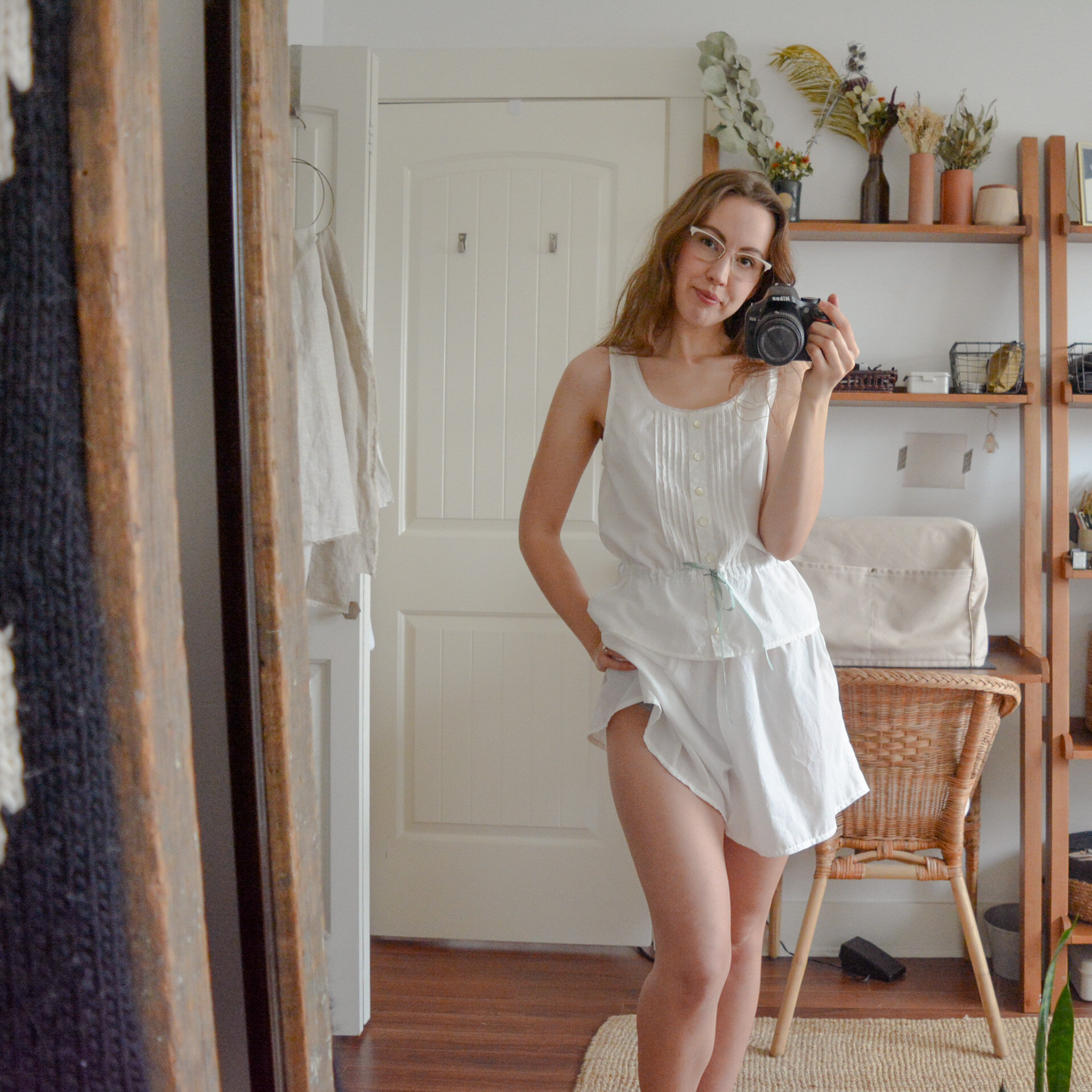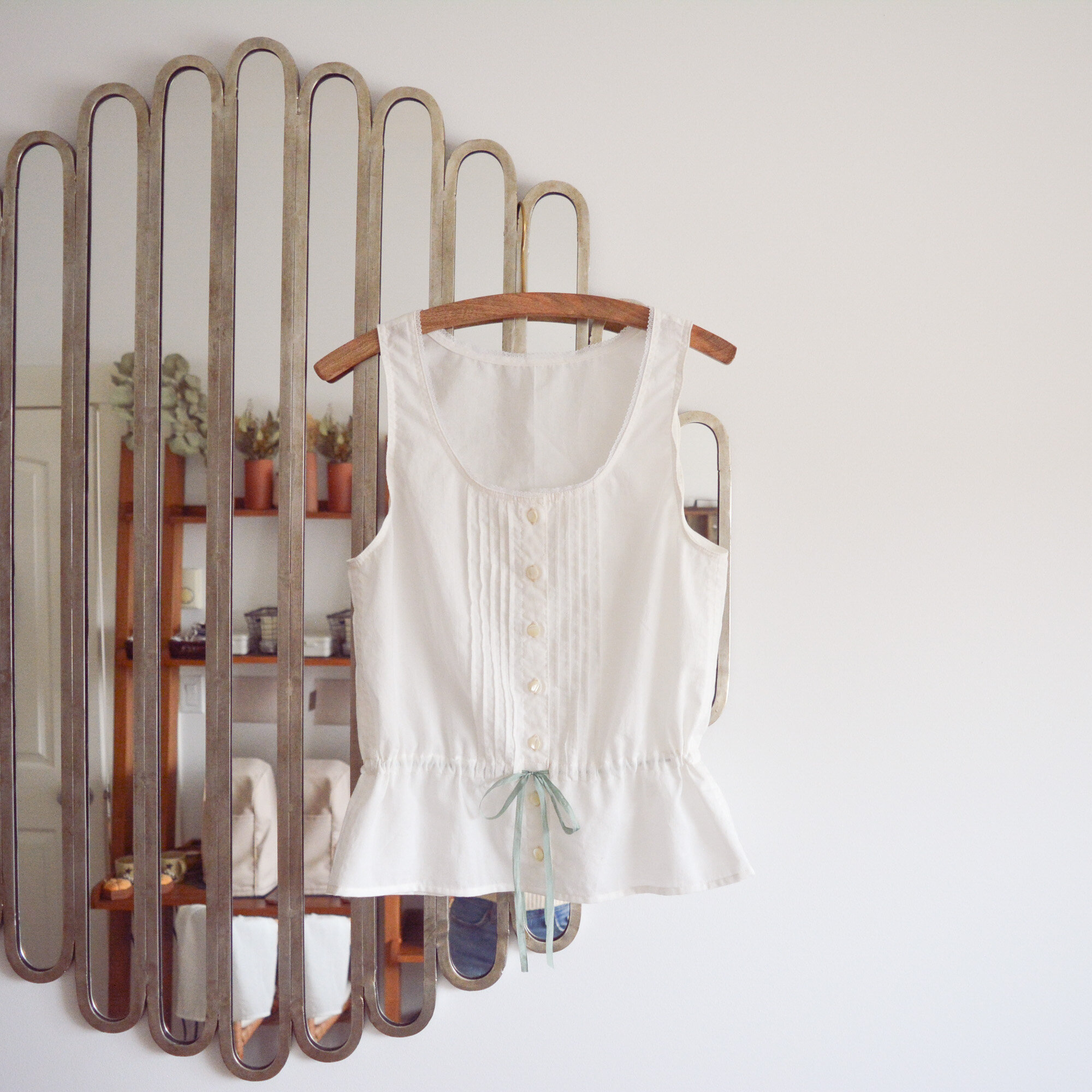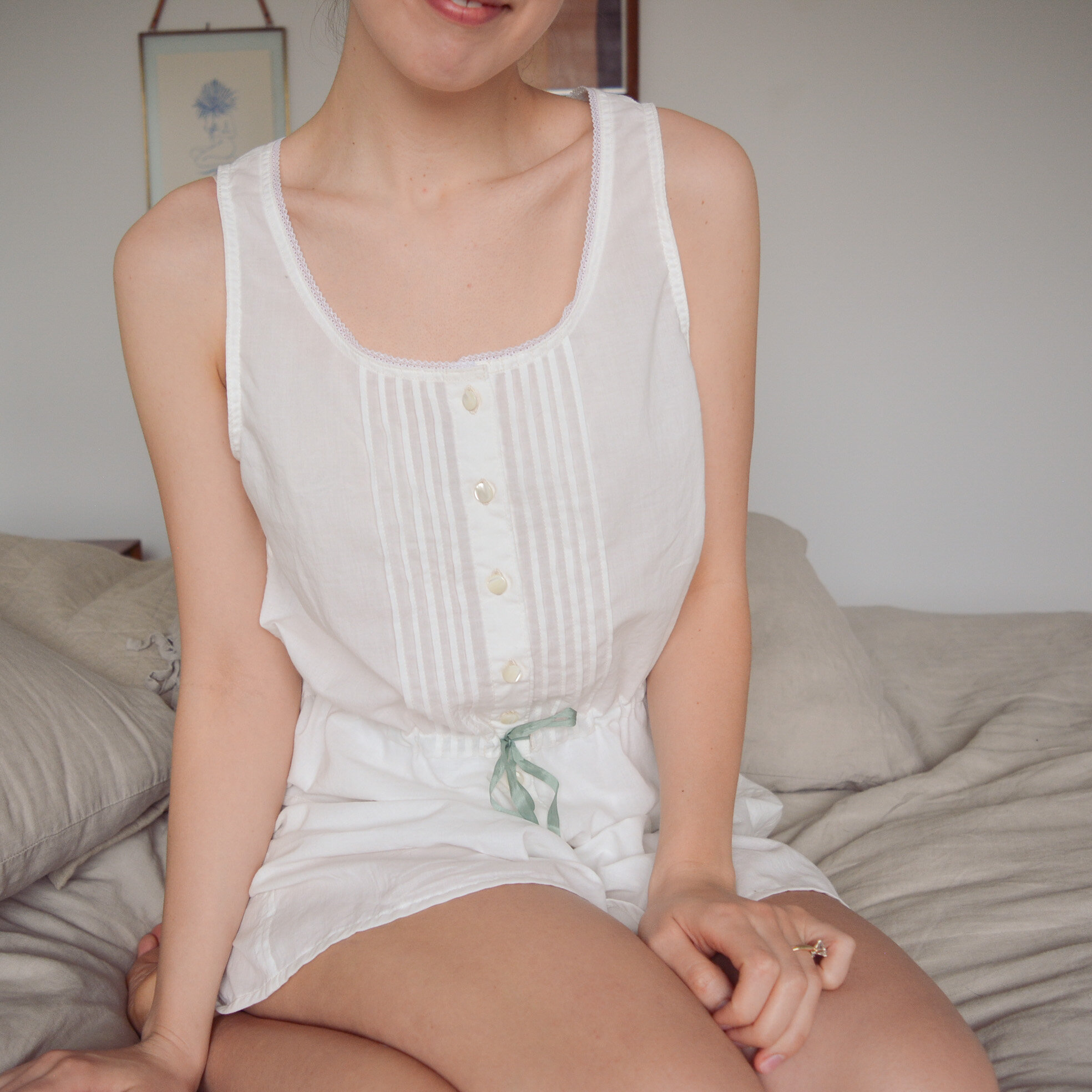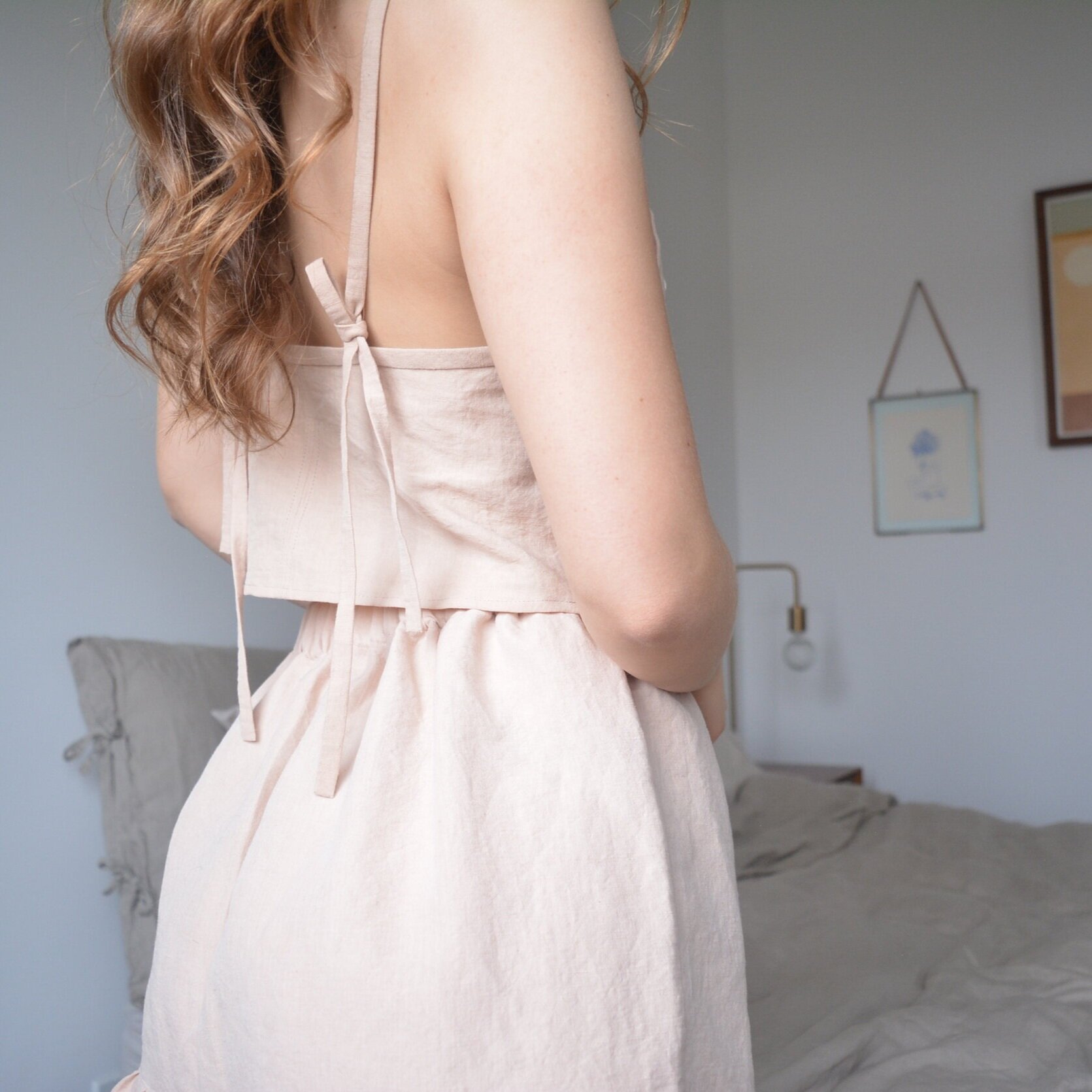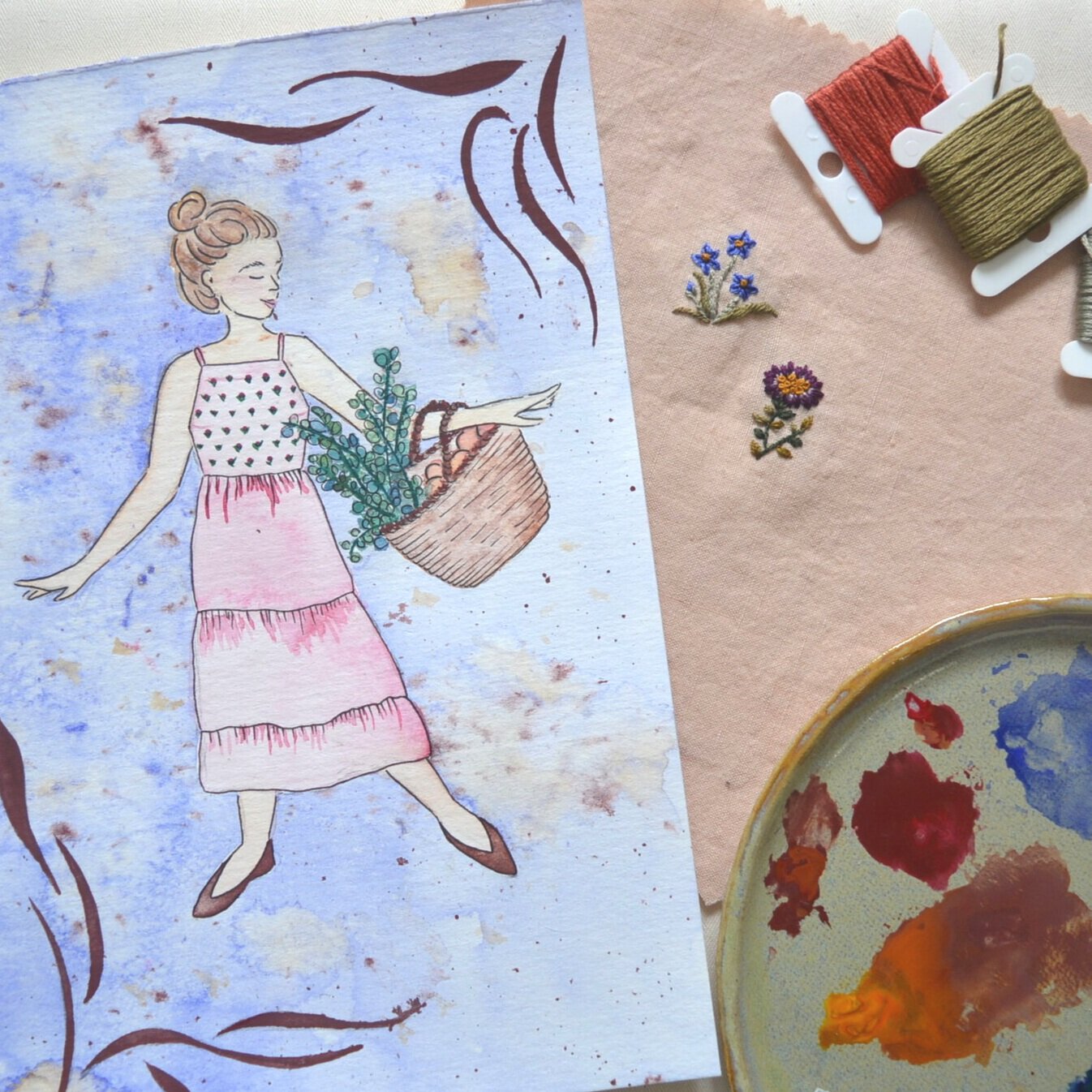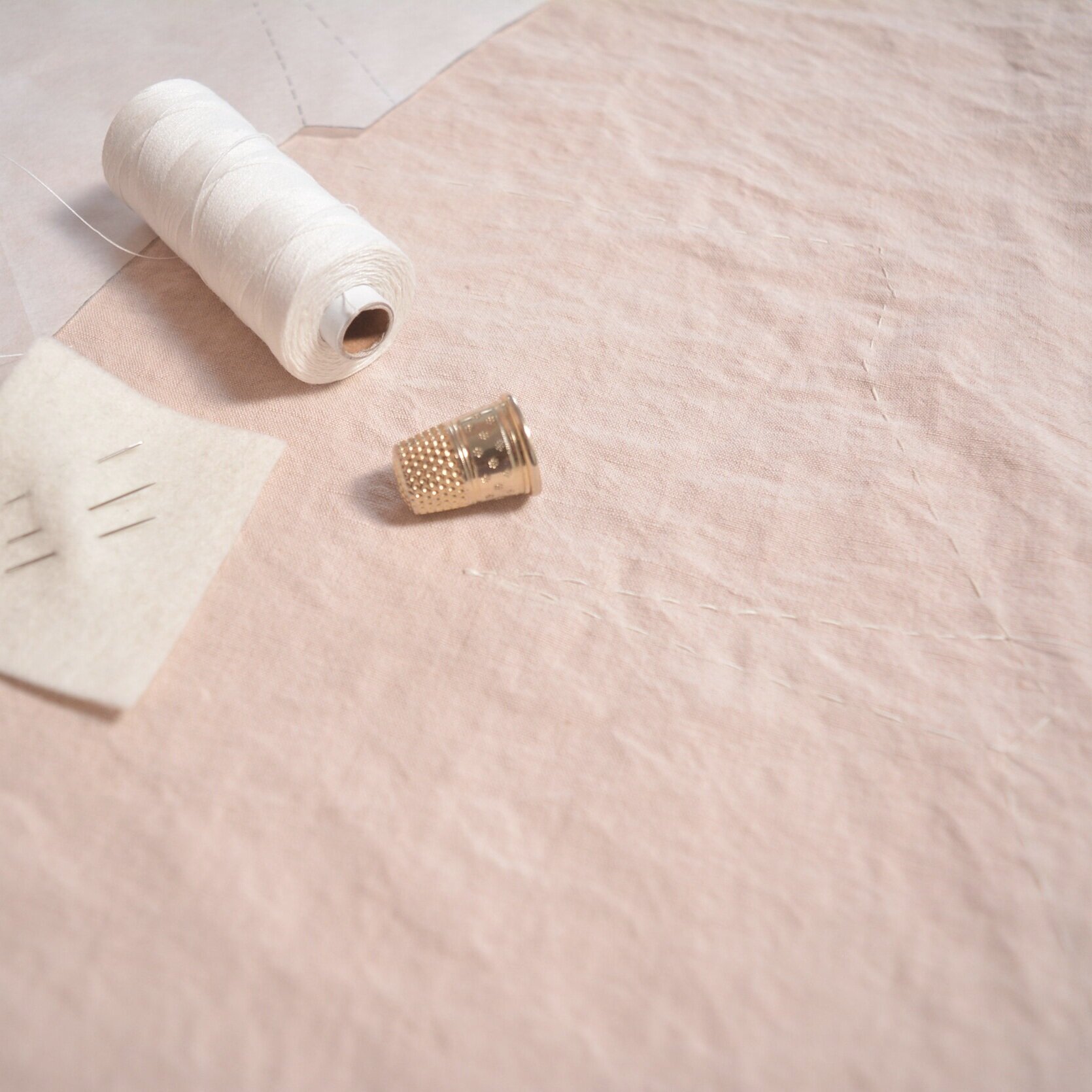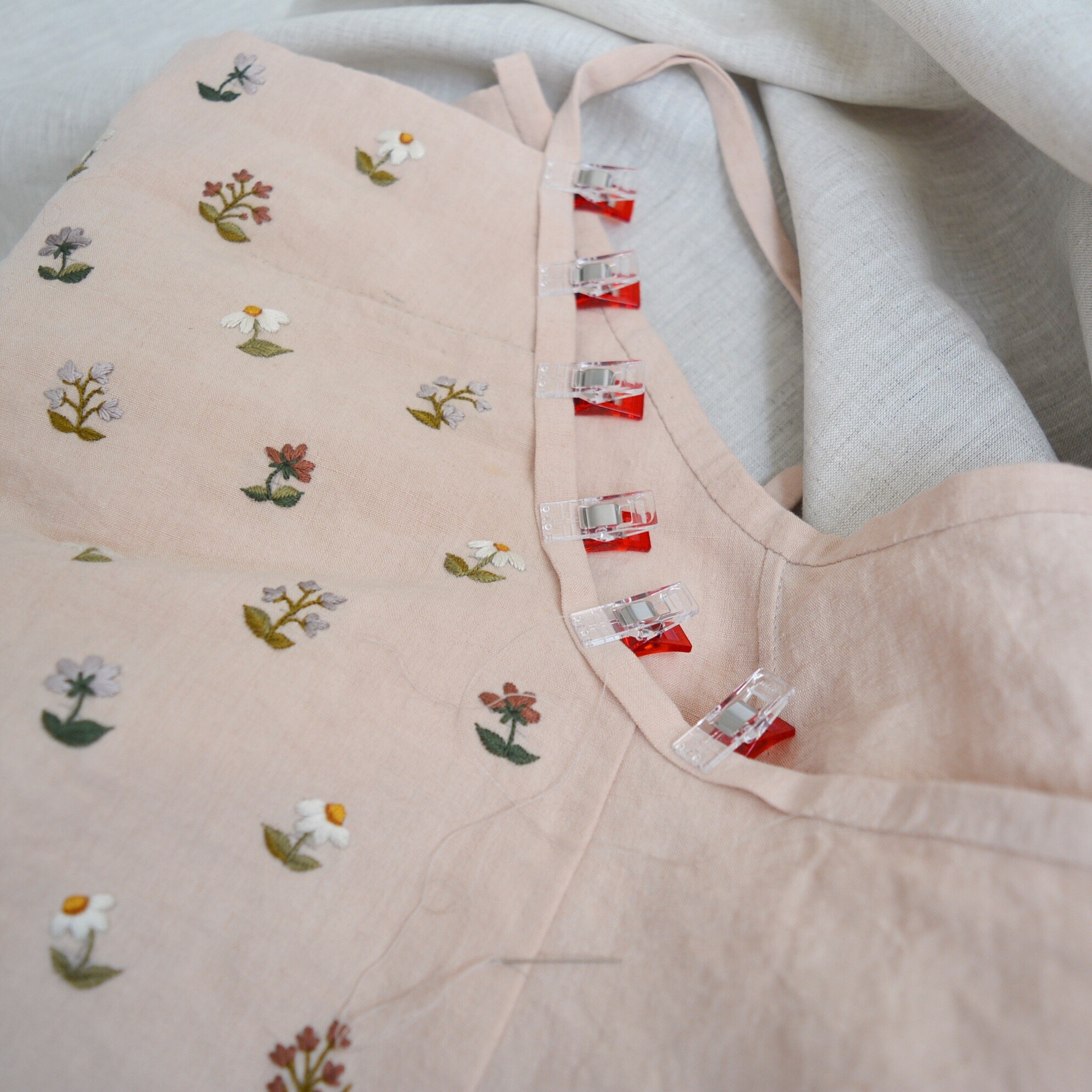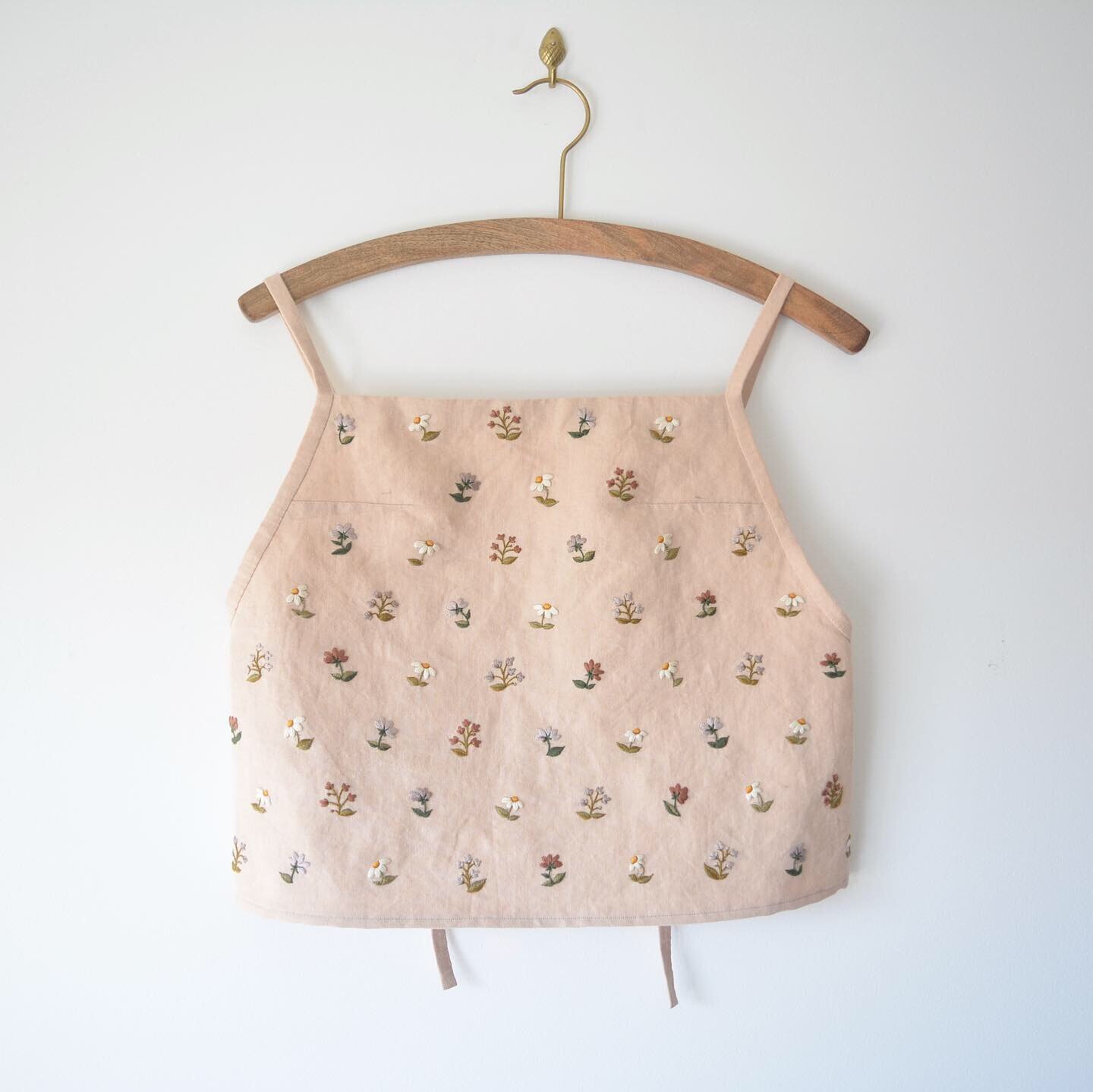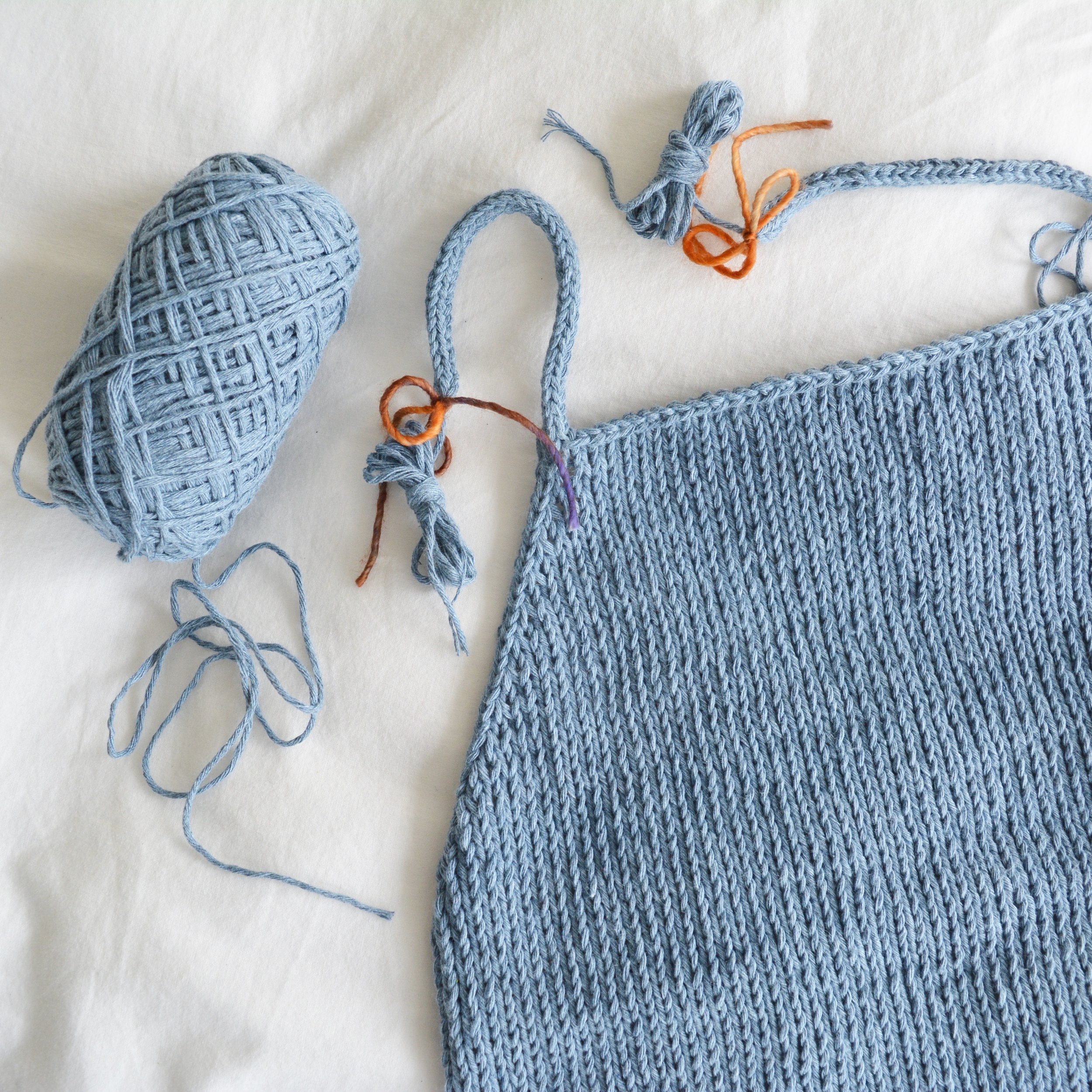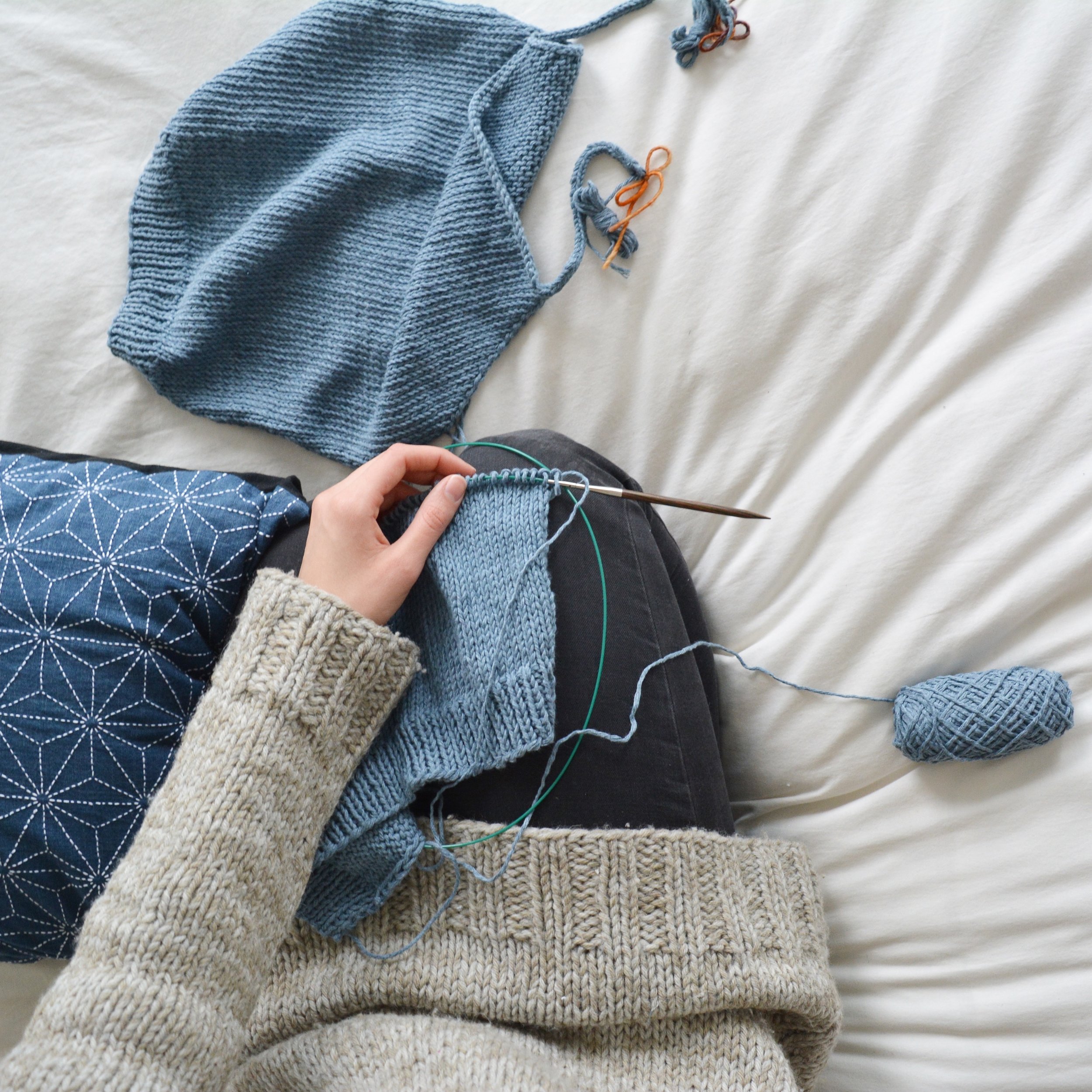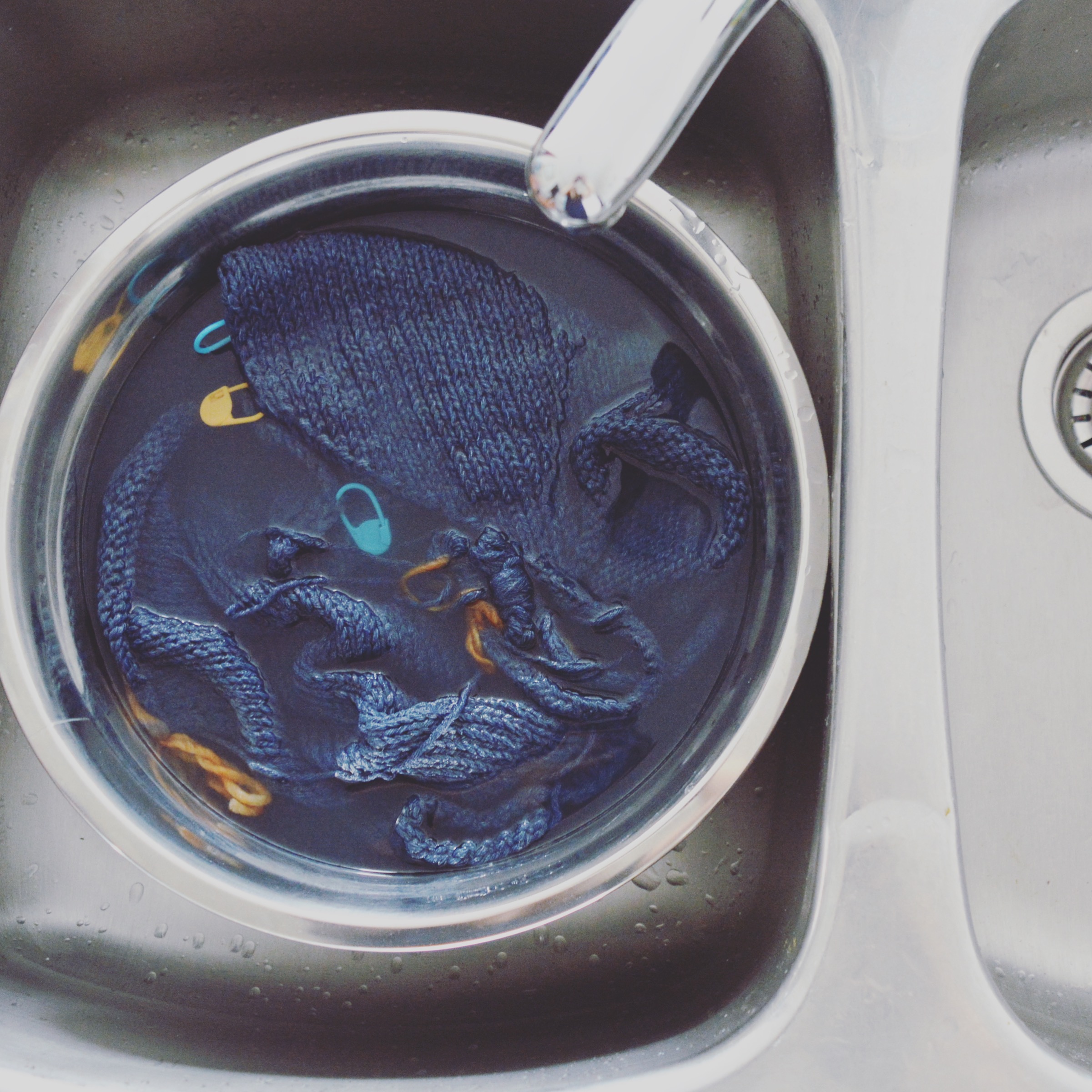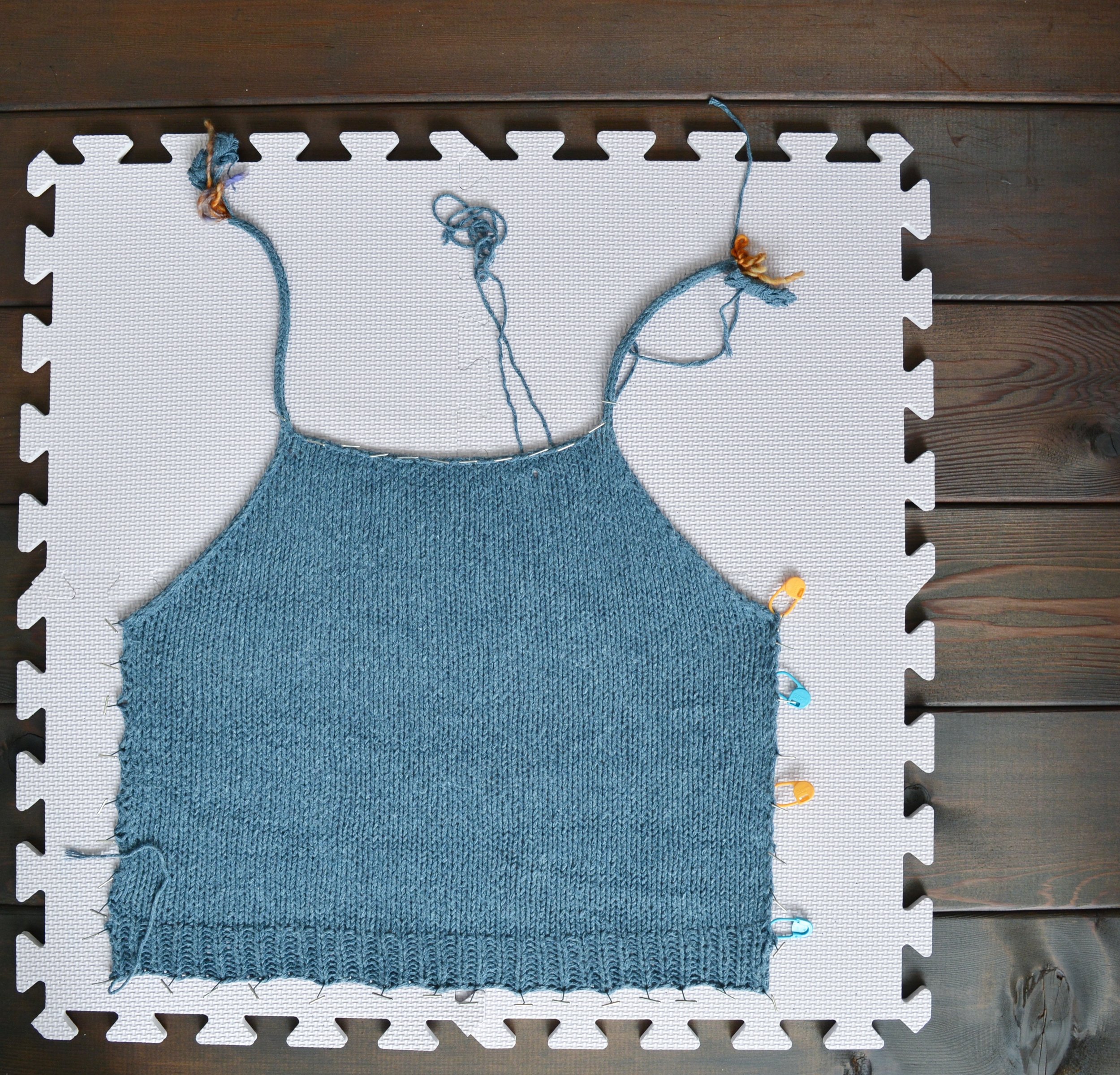A Handmade "Baby’s First Christmas" Ornament
/An Attelier Pippalotta Kit Review
Some links in this blog post may be affiliate links. This means if you click through and purchase the product, I earn a small commission at no additional cost to you. Thank-you.
When I was pregnant with my son Josey I was so excited to work on a couple baby related crafts. I decided to add his first Christmas ornament onto the project list because I wanted to make sure I made something for him a little more permanent than the baby clothes I knew he would very quickly grow out of. This craft got me so excited for his arrival and I had so much fun making it! It was a great way to learn some basic Waldorf Doll making techniques as well. I can’t wait to use the skills I learned from this kit to make more ornaments from my own ideas. Maybe a little character made custom to his interests each year.
This is the “Forest Gnome Baby” Attelier Pippalotta kit and even though I’ve never made a doll like this before I found it pretty straightforward! I do have basic hand sewing skills, so I think if this was your first time ever sewing you might have a more difficult time following along. I stitched the baby exactly as instructed and only made a couple modifications to the leaf bed. I cut a second leaf out of felt from my stash and blanket stitched the two layers together so the bed would be sturdier. I stitched the design on the leaf using chain stitch which I prefer the look of to the more basic back stitch. I also added two cords for hanging so that the bed would hang in the tree like a cute little hammock.
We didn’t decide on a baby name until we met our son at the end of May, so I waited to stitch the tag on the back of the ornament until just now, about three months after his birth. For the embroidered tag I used a washable sewn-on interfacing. So easy to draw my design on with pencil, I stitched it onto the felt with big basting stitches, and then a quick rinse after stitching and it’s gone. Starting this project so early in the year made it easy to get it all done in time for Christmas! Now let’s see if I can get some sort of Halloween costume made in time for his first Halloween. Maybe I should have started with that!
Some Helpful Links:
English language Attelier Pippalotta kits: Bear Dance Crafts
Interfacing: Water Soluble Stabilizer (affiliate link)


